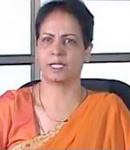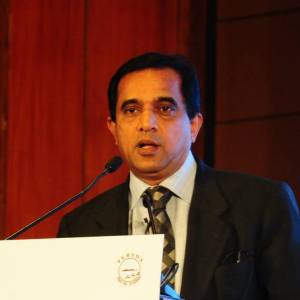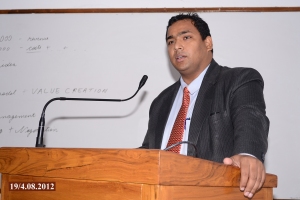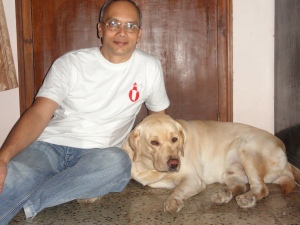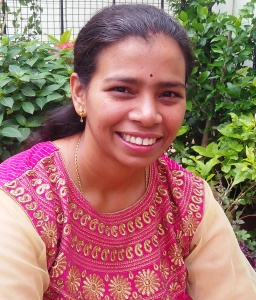 Choosing the right specialization for your management program is as important as picking the right B School. While the Marketing domain is widely discusses, the Finance sector is still considered to be a niche. It’s ironic that the stream that has consistently offered exciting and high profile career opportunities for management aspirants is believed to be a field only for those who like to crunch numbers. That’s why we have Prof. Gita, KIAMS shedding light on career prospects and dispelling some of the myths surrounding the field.
Choosing the right specialization for your management program is as important as picking the right B School. While the Marketing domain is widely discusses, the Finance sector is still considered to be a niche. It’s ironic that the stream that has consistently offered exciting and high profile career opportunities for management aspirants is believed to be a field only for those who like to crunch numbers. That’s why we have Prof. Gita, KIAMS shedding light on career prospects and dispelling some of the myths surrounding the field.
Prof. Gita is a Asst. Professor at the B School and has 12 years of experience as an academic, having worked with several reputable educational institutes in the country. Her expertise in Finance is evident from her sterling record, and today she shares her experience with the students at KIAMS. As we begin talking about Derivatives in the market, she says, “In the initial days of derivative trading, Commodity Derivatives were popular. However, things have changed now and Options, Futures, Forwards, and Swaps have gained in prominence as well.”
According to Prof. Gita, derivatives should be chosen based on the objective of the investment. That’s something not only investors need to know, but also those who want to work as professionals in the field of derivatives. She delves deeper into the responsibilities for future aspirants, saying, “They are quite similar to that of Equity Researcher or Portfolio Manager. You’d have to carry out an in-depth analysis of the underlying asset and the performance of the Derivative. The goal is to help the investor make a smart investment choice.”
But at the end of the day, aspirants are keen on knowing their career prospects and future opportunities. Prof. Gita leads them in the right direction as far as Finance Derivatives are concerned: “At National Stock exchange alone, the Average Daily Trading of Futures & Options was around 120055.59 Cr in the year 2013-14. That kind of voluminous trading in itself should tell you about the lucrative and challenging careers in the field. Financial services sector and institutions under it have several opportunities for derivatives professionals.”
In fact, Prof. Gita believes that the entire Finance sector is buzzing with exciting options for professionals of today and tomorrow. According to her, Finance goes beyond just number crunching and is, in fact, integral to every business. “Every business needs cash flow and when money comes into the picture, you need professionals who know the basics of finance for decision making,” she explains. “Financial Analyst, Equity research, Financial Controller, Treasurer, Risk Management Professional, Fund Manager – there are several rewarding careers ahead of you.”
Her institute is also doing its best to prepare its students for careers in Finance Derivatives. It has offered them different electives, which Prof. Gita believes can be very useful for interested students. “Futures & Options Basic Course and Futures & Options Advanced course have been specially created to offer students an insight into the field, she says. “That coupled with the understanding of spreadsheet calculations can help students gain knowledge of Finance derivatives to build a flourishing career in them.” Obviously, Prof. Madhuri is positive and enthusiastic about the field of Finance. And, she shares this enthusiasm with her students who look to her as a mentor as they work towards their professional goals.

